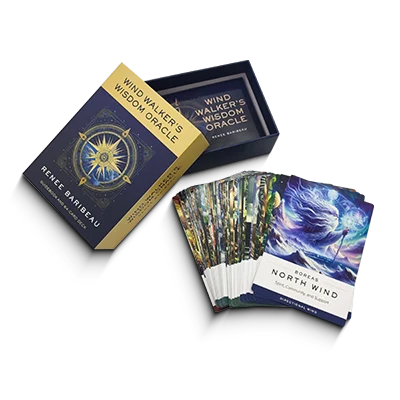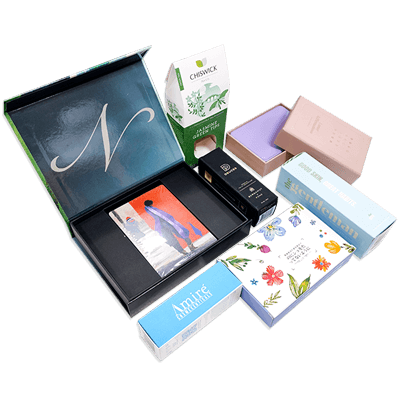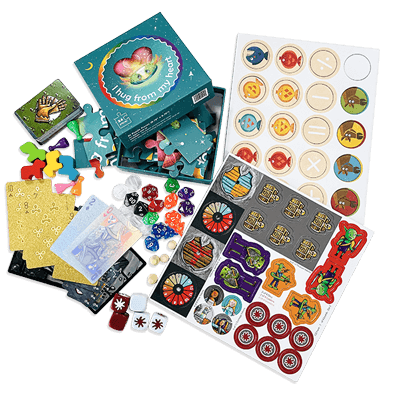Varnishing and UV Coating
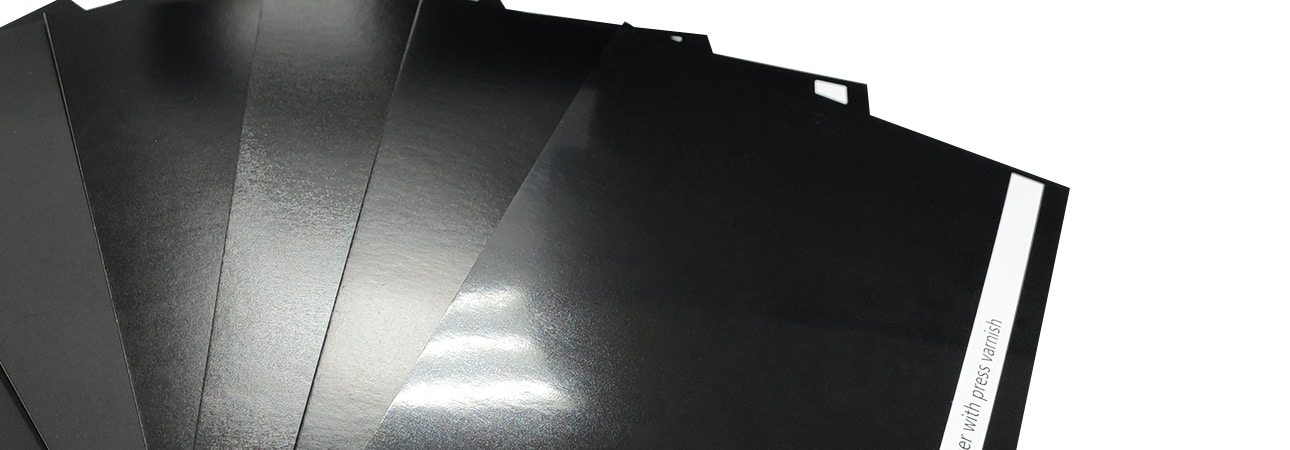
What Is Varnishing?
Varnish is a transparent coating that covers the surface of a printed sheet. It serves two purposes: practical and aesthetic. On the practical side, it helps to protect the print from scratching, soiling, moisture, fingerprints, and other damage during storage, distribution, and handling. On the aesthetic side, it enhances the look and feel of the printed text and images, improving contrast, conserving color, and giving the printed page a professional, finished appearance.
What Is UV Coating?
UV coating is a special varnishing process in which we cure the varnish by exposure to ultraviolet light rather than heat. UV coating results in a more durable, protective, and slick-looking finish than standard varnishing.
Four Varnishes for Offset Printing
We use four different varnishes for different products. Each has its specific technical properties, best-use applications, and limitations. They are printing varnish, UV coating, aqueous coating, and press varnish. Let’s look at each.
Printing Varnish
Printing varnish is a type of transparent ink varnish which can give either a gloss or matte finish. Gloss results in a smooth, glassy surface while matte lends a softer, satin sheen. As printing varnish is an ink, we process it on the same offset machines we use for the main printing processes. We can apply printing varnish to an entire sheet or to a specified area depending on the needs of the project and your design.
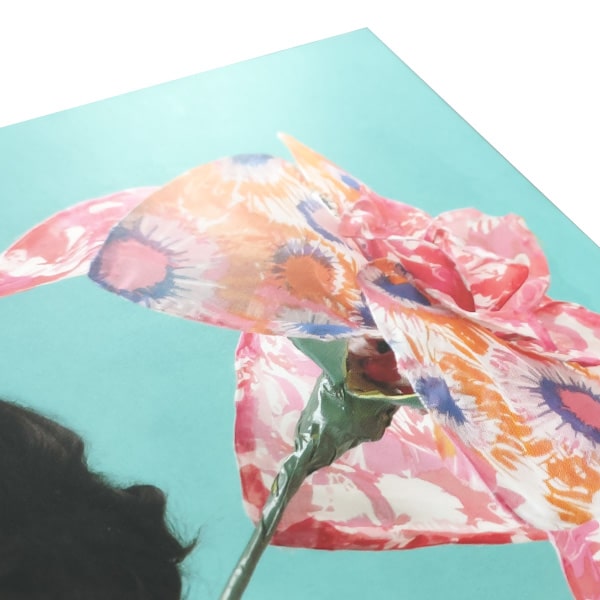
UV Coating
As with printing varnish, UV coatings are glossy in the resulting finish. They can also be applied to the entire surface or to specific areas to emphasize or highlight an element of the design, in which case the process is called “spot UV“. The UV coating material is water-based and applied using special printing machines equipped with an ultraviolet drying space. As light cures the coating rather than heat, it dries faster than standard varnishes and results in a more resilient surface.
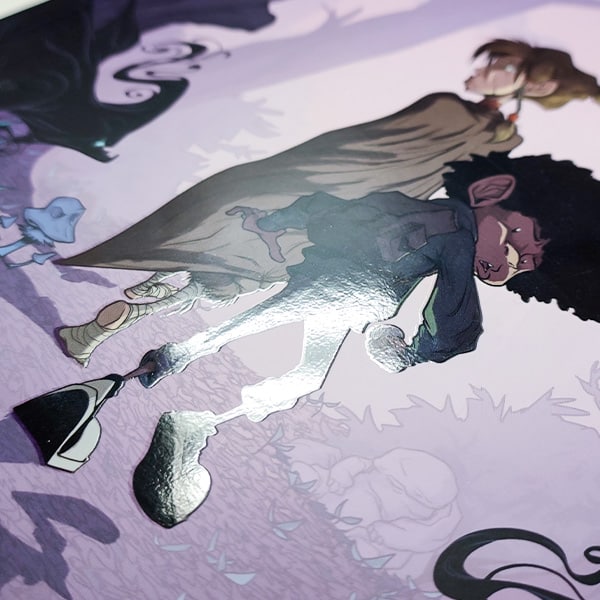
Aqueous Coating
Aqueous coating—as the name suggests—is water-based, harmless, and environmentally friendly. It can give a gloss or a matte result. However, it needs to be applied using separate coating machines rather than on the printing press. Coating machines have a slower run speed than the offset machines, which results in a thicker coating than other varnishes. We can only apply aqueous coating to the entire sheet of paper, rather than selected areas.
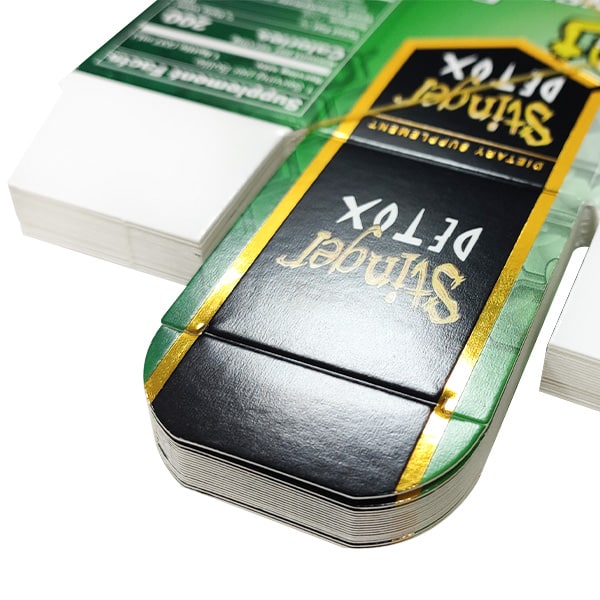
Press Varnish
Press varnishing is a two-stage process. The first stage is the application of the varnishing using the aqueous coating machine. In the second stage, while the varnish is still wet, the sheets are transferred to another machine to be pressed. Pressing and drying results in a high-gloss finish. There’s no matte option with press varnish. We can only apply Press varnish to paper with a weight superior to 250 gsm.
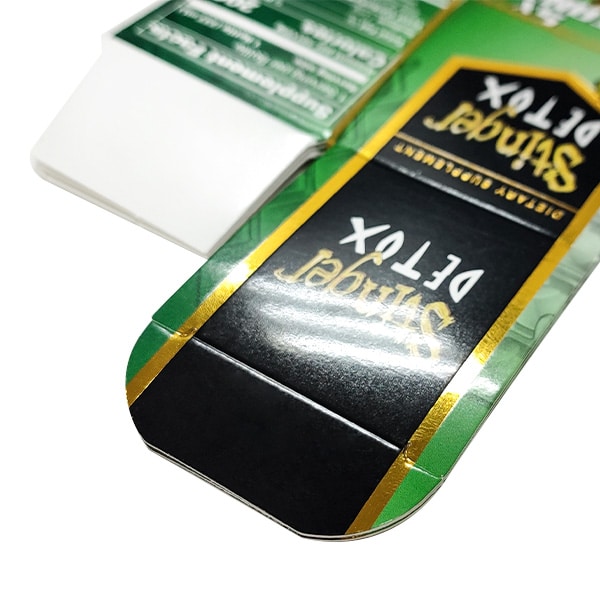
Product Applications for Varnishes
All kinds of varnishing options may be the right solution for your project, allowing for certain limitations. For example, there’s no matte option with spot UV, and you can’t spot varnish with an aqueous coating. Your design choices—whether the paper is already gloss, matte, or uncoated, the thickness of the paper, whether your design is full-color or black-and-white, the function and purpose of your product, how much wear-and-tear to which it will be exposed, and so on—all influence which varnish would be best for your needs.
If you have any doubt, talk to us. Our experts will be happy to explain the options and help you make the best choice for your product and your budget. Whether you’re designing a book, a brochure, a board game, or custom branded packaging, we’ll have the right solution for you.
Tips for Preparing Artwork for Varnishing and UV Coating
In most cases, you need not take any special steps in preparing your artwork for varnishing, as these are processes which we carry out after printing and cover the entire surface of the sheet. You need only make sure that the artwork for printing and varnishing are of the same dimensions, and for varnishing, there’s no need to add bleed. The exception is when you want to use “spotting” with either UV or printing varnish, in which case, you’ll need to create a separate file called a mask.
A mask file allows you to specify exactly where you want the varnish applied, using black to signify which areas should be coated and white to specify which areas should not be coated. The mask file and your colored artwork file make up your overall project.
The easiest way to create a mask file involves using a copy of your colored artwork file. Once you make a copy of your artwork file, remove all elements from the file that you do not want to be coated. Then, change the color of all other elements to black. In a CMYK color layout, you generate black using the following formula: C0, M0, Y0, K100. You can also make the mask file in the same way as a Pantone color artwork file. Finally, you need to make sure the spot UV or printing varnish file is a vectorial file and not a raster.
When creating your mask file, always make sure that the alignment of the mask file and artwork file are exactly the same. This includes the overall size of the files and the positioning of all shared elements; and avoid specifying UV coating on any lines with a weight lower than 0.5 pt.
Need more help? Talk to us!
Designing for varnishing and UV coating is an important process which has a significant impact on the appearance and quality of your finished printed product. If you’re not sure of the right choice for your project or you need advice and support setting up your files, the best thing to do is to talk to us. With over 25 years’ experience under our belts, the latest offset printing technology at our fingertips, a vast knowledge about paper, coatings, finishes, laminates, and varnishes of all kinds, and a genuine commitment to customer service, we’ll be happy to give you the best advice for both your print project and your budget. Get in touch today for an informal chat or a no-obligation quote. We can’t wait to work with you!






